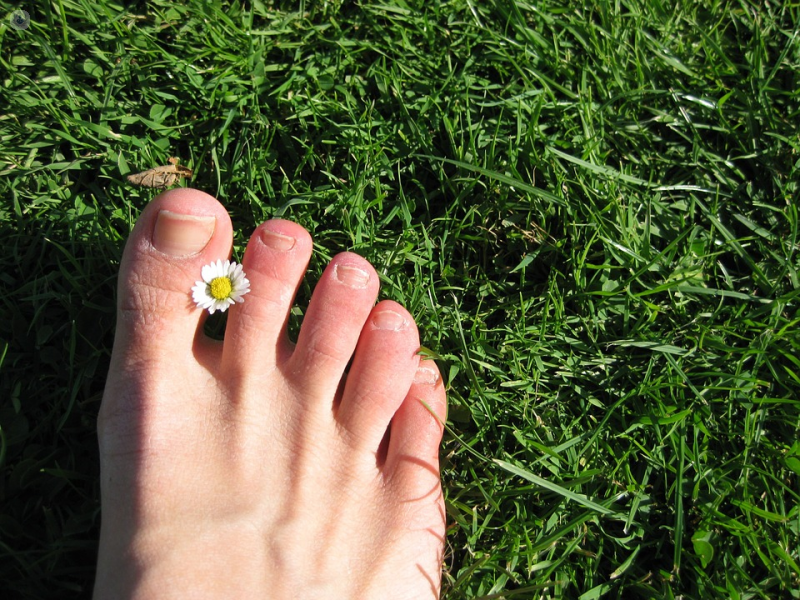

What is skin fungus?
Skin fungi are microorganisms that can cause several skin conditions. We all have fungi on our dermis and epidermis. They usually don’t usually cause any issues to our body, but sometimes they do.
In some cases fungi can become infectious agents, thus posing a threat to our health. This can occur as a result of an impaired immune system, when the fungi can grow a colony on your skin. This fungal growth can lead to other conditions. That is why skin fungal infections are more common during the summer with high humidity, heat as well as in crowded places.

There are two main sub-groups of skin fungi:
- Superficial mycoses (or cutaneous mycoses): they affect the surface of the skin, nails or mucosae;
- Subcutaneous mycoses: they extend deeper into the dermis.
The most common types of skin fungi are:
- Dermatophytosis: it affects the nail and body hair (keratinised areas);
- Candidiasis: this fungus grows in the body’s most humid areas (groin, armpits or in between the fingers);
- Pityriasis versicolor: it causes flaky discoloured patches to appear on the neck, shoulders, chest, stomach, arms and face.
What are the symptoms caused by skin fungus?
The most common symptoms include:
- Dyschromia, or any disorder causing skin discolouration (ash-like and scaly white, red or brown patches);
- Alopecia areata;
- Itchy skin;
- Inflammation and irritation.
How are skin fungus conditions diagnosed?
Skin fungus can be diagnosed with:
- Dermatological visit with a specialist (this is often enough to get an accurate diagnosis);
- Should the diagnosis from the dermatologist be confirmed, the specialist will gather a sample from your skin, body hair or nails and send them to a laboratory for further testing;
- Lamp examination: a particular type of UV light determines the specific fluorescence of fungi.
What causes them?
Fungal infections can be caused by several factors, although they are often associated with impaired immune defences:
- Unhealthy diet;
- Poor hygiene;
- Stress;
- Hot temperatures;
- Excessive sweating;
- Wearing tight clothes;
- Taking immunosuppressants, antibiotics or corticosteroids for a long period of time;
- Suffering from an immune system compromising condition.
How can skin fungus infections be prevented?
Here are some steps you can take to prevent a fungal infection:
- Ensure you wear clean, breathable underwear made with natural fibres (e.g. cotton);
- Wear flip flops if you shower at the gym or at a public pool;
- Thoroughly dry yourself after showering and be extra careful with the most humid areas of the body;
- Avoid taking medications for too long.
How are skin fungus problems treated?
Treatments largely depend on what kind of fungal infection you have and how severe it is. The most common treatments are:
- Antifungal medications, to be applied directly on to the area of irritation;
- Oral antifungal medication, in the case of persistent infections;
- Corticosteroids, to help with the itching.
Which doctor should I talk to?
You should see a dermatologist as soon as possible, in order to accurately diagnose and adequately treat a fungal skin infection.
